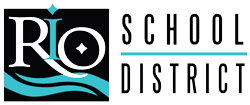What’s a great 4C classroom look like ?
Across this country, American schools are innovating, changing, and re-inventing themselves in the calculus of a rapidly changing world. Not every school, of course, but schools like those who are members of edleader21 are focusing on the 4Cs; communication, collaboration, critical thinking, and creativity among other practices that leaders know children need to thrive in the 21st century.
The world is changing and technology is playing a key role in this change. Schools are charged with helping learners succeed in college, career, and life. As schools change in response its important that leaders help learners, families, partners, and community members understand what this change and innovation is all about. This blog post is a brief description that aims to use text to describe my point of view of what a GREAT 4C classroom is all about. There is no ONE GREAT vision of the 4C class….they come in as many shapes and colors as there are Great Teachers and great school systems. What I am putting forward is my take on the GREAT 4C classroom. As educational leaders describe and show their GREAT cases, folks can draw connections and find the universals as well as the differences that abound.
Great 4C classrooms to me;
- are student centered and focus on unfurling and promoting student voice and choice. The great ones move from student voice, to choice, to student governance in the course of a school year.
- are engaged in deeper learning about concepts and problems that sustain over long periods of time giving learners a chance to saturate and have deep context for their thinking, learning, reflection, creating, and problem solving.
- engage students in working together over time.
- engage students in developing their individual skills, practices, and interests.
- connect to their school, their community and the world.
- make things, create things, show things, and engage diverse audiences in their creative processes.
- celebrate the diversity of human experience and development and seek to maximize growth for the learner and the class as a culture (little “c”).
- help learners and educators tackle problems by saturating themselves in understandings about the problems and then critically and reflectively working to solve the problem or propose solutions.
- engage learners and educators to take the stance of researchers.
- offer learners multiple and varied opportunities to communicate in face to face and technology infused contexts as well as with small and large groups, and mass audiences.
- have great teachers who are able to connect with every individual learner as well as the synergy of the class as a whole.
- have great teachers who learn to evolve their relationship to their students over the course of the school year as well as longitudinally over the course of their career.
- are interdisciplinary, transversal, and focused on big ideas and driving questions.
- strike the right balance between pursuit of nouns and verbs, content coverage and the processes of learning and meta-learning or learning about learning.
- are fun, messy, hard, and require teachers and learners to push through blocking points in learning in order to take things to the next level. Some call this grit, others call it failing forward, whatever you call it, it takes time, patience, and belief in the learner and educator.
- easily connect the life of the learner at home to their life at school. Great 4C classrooms are like great songs that stick in your head and your life and the learners take their 4Cs learning with them 24/7.
- cannot function without the arts.
- can set a child on the right path for life, “their” path. If they are lucky enough to have multiple Great 4C classes…well that can impact families, communities, and beyond,
BLOG CATEGORIES


